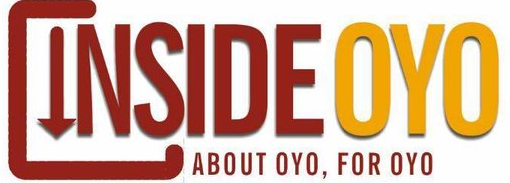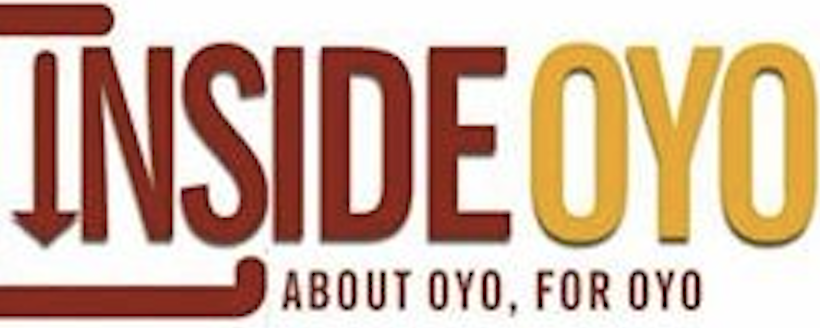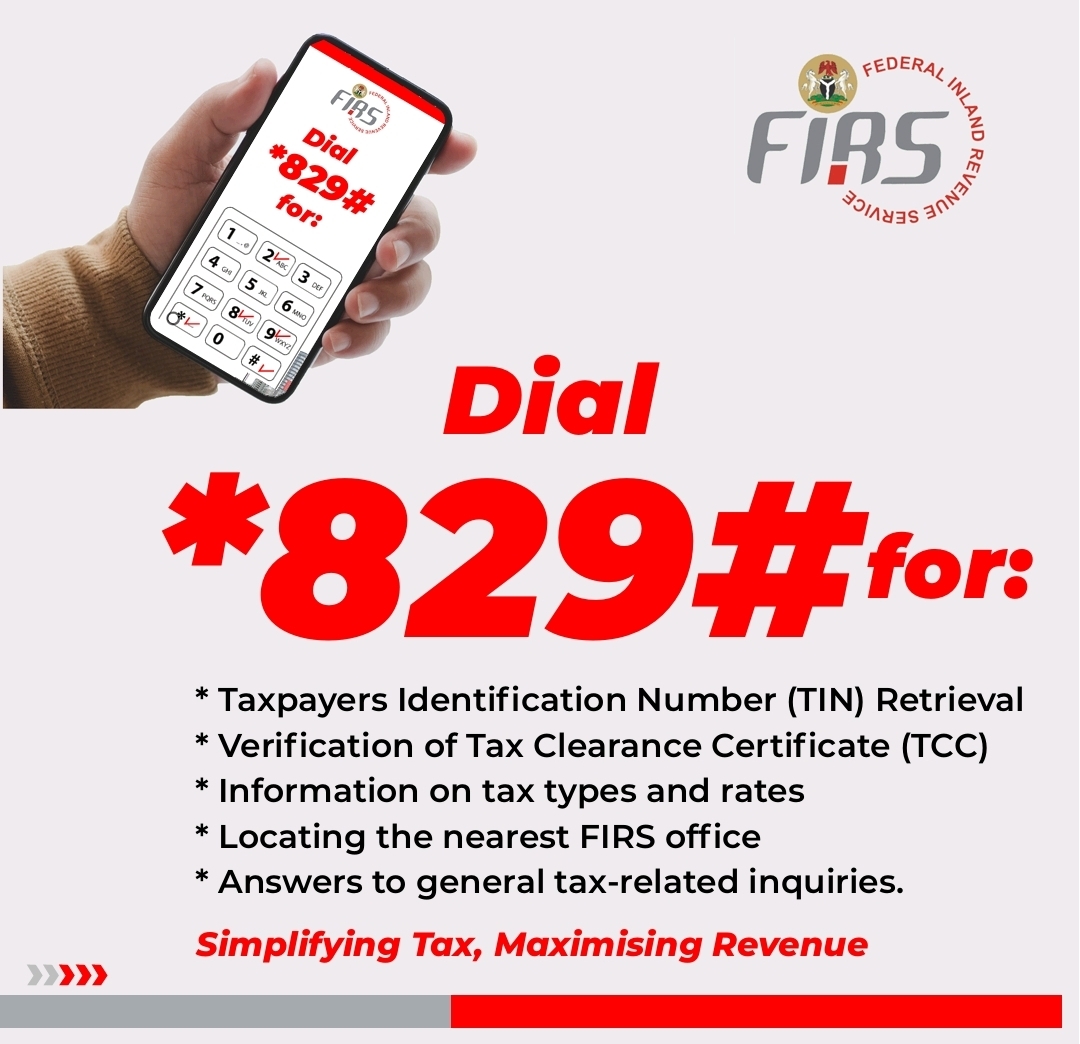Part 1 – Assumption
An Assumption, they say is the lowest form of intelligence. Quite several people go into business because of the assumption that the business is money-spinning. This assumption is born out of what they have seen from others who are into the same business. Or they assume that it will be an acceptable solution to some societal challenges. No same business has one hundred percent same risk. Business ‘X1’ and ‘X2’ may be the same kind of business with the same capital even at the same location but would never have the same risk. This is one reason why no one should not go into because of the assumption that someone is making money from it.
The truth behind any business is that activities within are different from activities without. What happened behind the blind, is different from what you are seeing outside. Outside the office, everything may look glittering to give an impression of a healthy business to allay the fear of the instability that may cause more damages to the venture and erode the credibility thereof.
While growing up in the business world I have seen quite a lot of businesses sprang up and shut down in a short while; this is something very serious to worry about. Would you go into any business because others are doing it and you perceived that they are making a lot of profit, or would you rather go into a business because it is going to be the solution to people’s challenge?
Some entrepreneur has made the error of assumption and it has cost them big. Because Domino Pizza is selling big and opening outlets across the country does not mean that the business is very lucrative. Growth of any business is solely dependent on human resource and other factors beyond human and nothing more.
There is no crime in trying to do what others are doing, but don’t do it because of the perception that they are making a lot of money from it. Rather do it because possibly you can do better; you can contribute to the solutions in resolving the problems that the inadequacy of the product or services has caused or that you want to create an impact. Therefore, build on it and be more creative.
To mitigate this error it is very important to do your feasibility studies. The word ‘feasibility’ is so huge to some that they think it is something that must involve a lot of technicalities, statistical work and a large sum of money. The truth is that you can conduct a feasibility study without it costing you a dime except for your time.
When you visit a friend’s office and you are having a discussion with him about the industry performance and government policies concerning the industry. You are also looking at the number of customers that come patronizing and the status of such customers.
You can also visit a projected competitor and let them know that you are researching the impact the economy is having on the industry the competitor is and possible mitigation. Do you have to reveal your identity as a potential competitor? I don’t think that is necessary.
You can browse the internet; read magazines or talk sample the opinion of people friends, relatives, club members, church members, etc for you to collate your material information. There is no more boundary to access information. This information is available everywhere.
There is a process for developing good feasibility studies. These processes are:
i. Identify the problem.
ii. State possible solutions
iii. Identify the target market for which the solution will address.
iv. Draft out possible questions (open-ended and close-ended questions) on a questionnaire on the issues.
v. The questionnaire should address the cause(s) of the problem; Symptoms of the problem, effect of the problem. A further request for a possible solution is open-ended while closed-ended questions would come later to guide and narrow the respondent view.
vi. Classify the data gathered into different groups according to gender, age, profession, education qualification, demography and or economic status.
vii. Analyze the data: Use the information gathered from the sample respondent to represent the larger population. Decide which percentage feels your solution would address the issues at hand. Which percentage opposed the suggested solution? What recommendations were made? Which recommendation do you think is popular among the respondent?





















